Author: chris
-
Front Garden
We had A2 Garden Guides design and landscape our front yard and it looks SO much better! Super happy with it: And here’s the map they drew for us of what is what. This is really useful because our kiddo keeps asking us the names of things: Descriptions Azalea Varieties ‘Hino Crimson’, ‘Boursault’, ‘Gaiety’. Azalea…
-
Salzbaby.live Updater
Years ago when my daughter was born I put together a website/app thingy to help us keep people updated on the progress of her coming into the world. The idea was that it was a single page site that would display a single message at any one time. If you were curious how it was…
-
Caspian Orion Salzman
Our son was born on May 27th 2020 at 7:17am. He was 21.25” long and 8lbs 12oz. I told him this when he was born. Perhaps this is too much to lay at the feet of a baby, born into a country on fire, but I think he can do it: Promise you’ll be kind.…
-
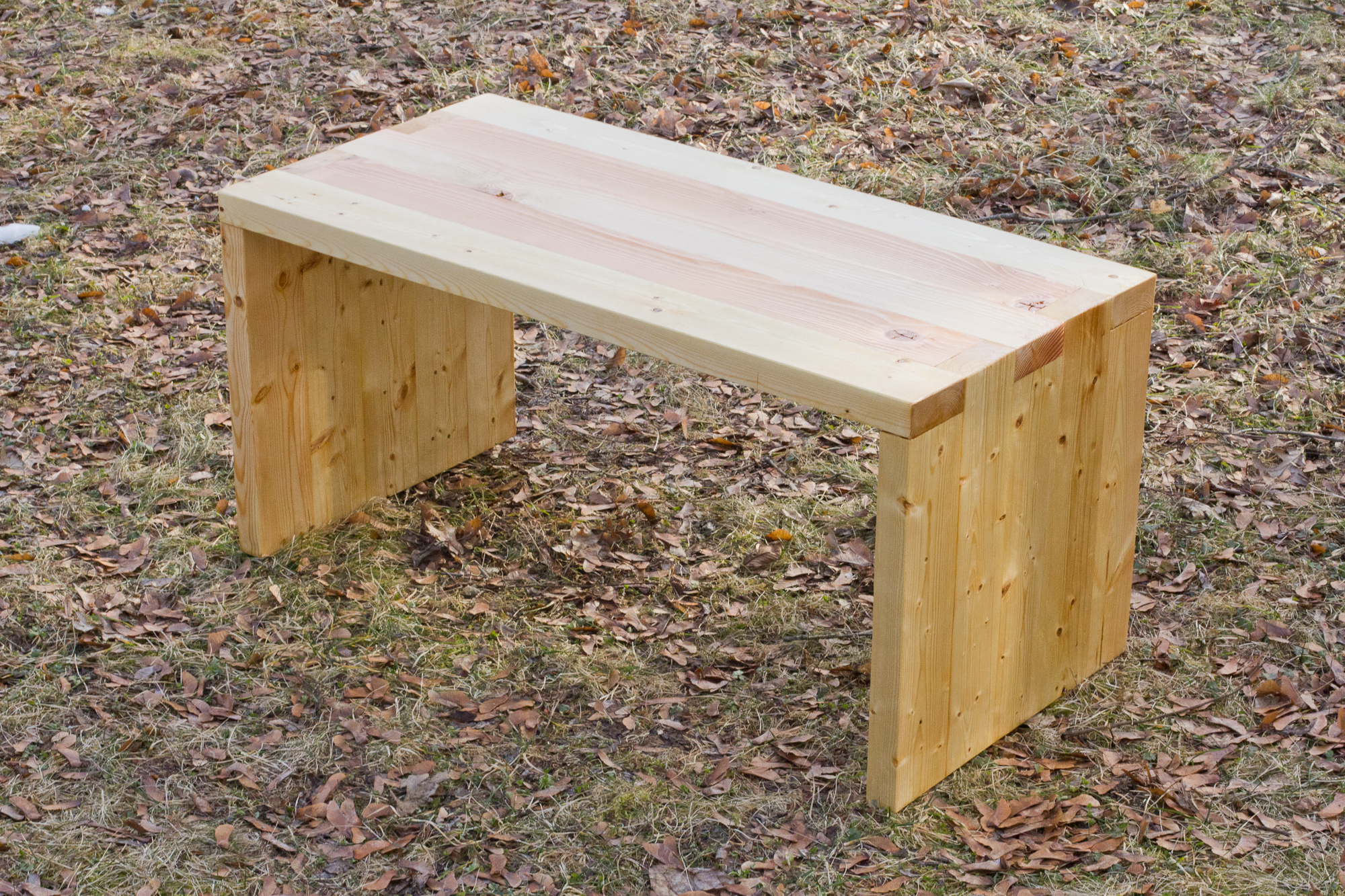
2×4 Bench, Rustic Strength
Finally finished this bench I’d been slowly working on. This was the second attempt at a similar design. Both found homes with friends. The first one will live near a firepit and this one will end up inside as a bench near an entrance. Final size is about 33″ wide by 16″ tall. The wood…
-
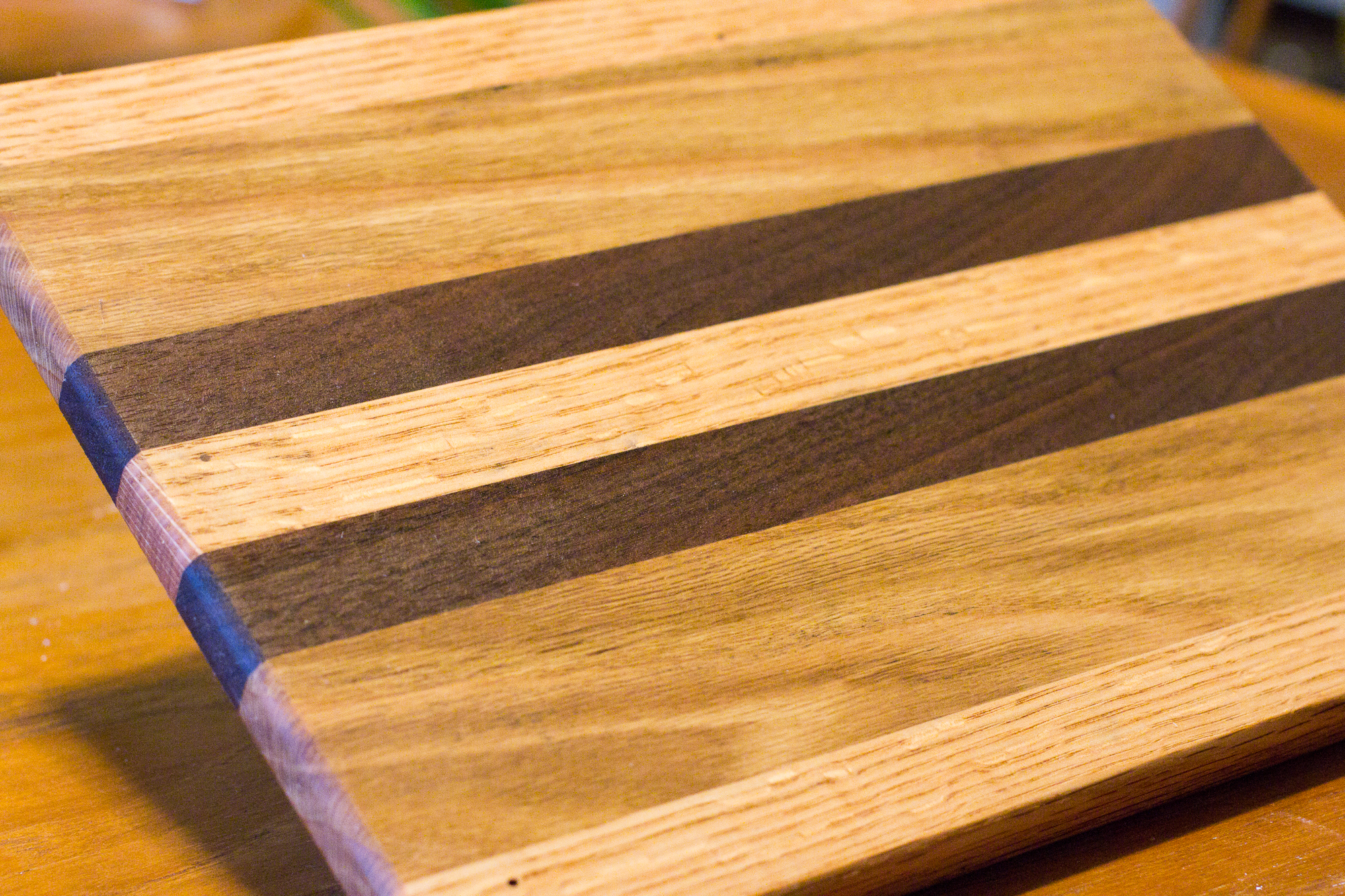
Cutting Boards, Racing Stripes Edition
Made two cutting boards yesterday! I have the week off from work and so naturally spent a few hours in the shop. One is spoken for, but another is still available as of yet ($40). Edit: Both are sold! Talk to me if you want one though since I’ll do another batch later this month!…
-
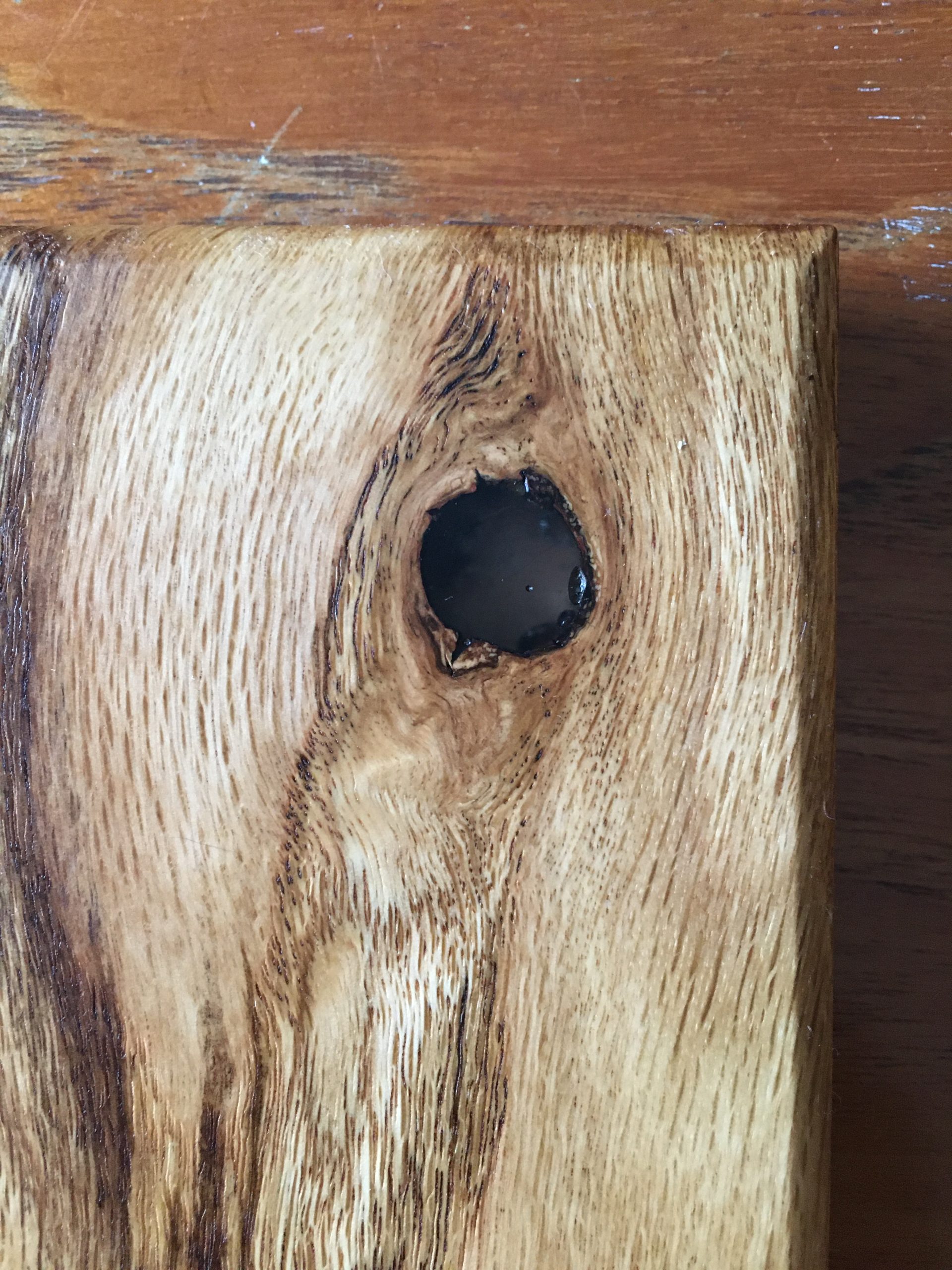
A Cutting Board, A Cut
A Cutting Board Finished this cutting board yesterday. Made from oak and walnut. I love the grain on this, it’s wild and varied and unexpected. Measures about 8″x12″ with rounded corners and two usable sides. The knot at the top is filled in with clear epoxy, which worked well and is a nice detail. I’m…
-
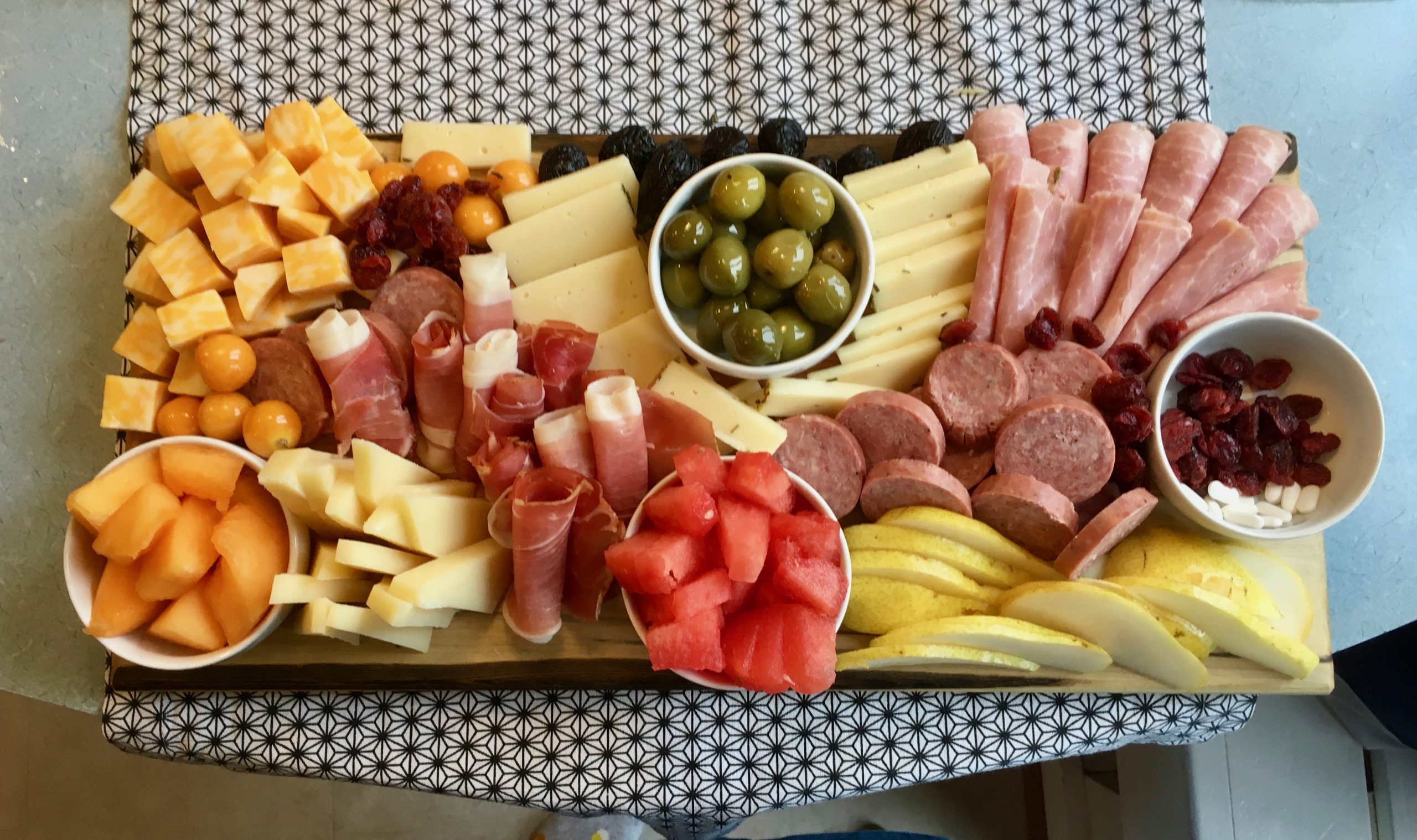
Charcuterie Board
For Thanksgiving we volunteered to bring a charcuterie board. Naturally that meant I needed to make the actual board itself in addition to us bringing the things that went on it. Here’s the front and back of the finished board. Determining which is the front and which is the back is left as an exercise…
-
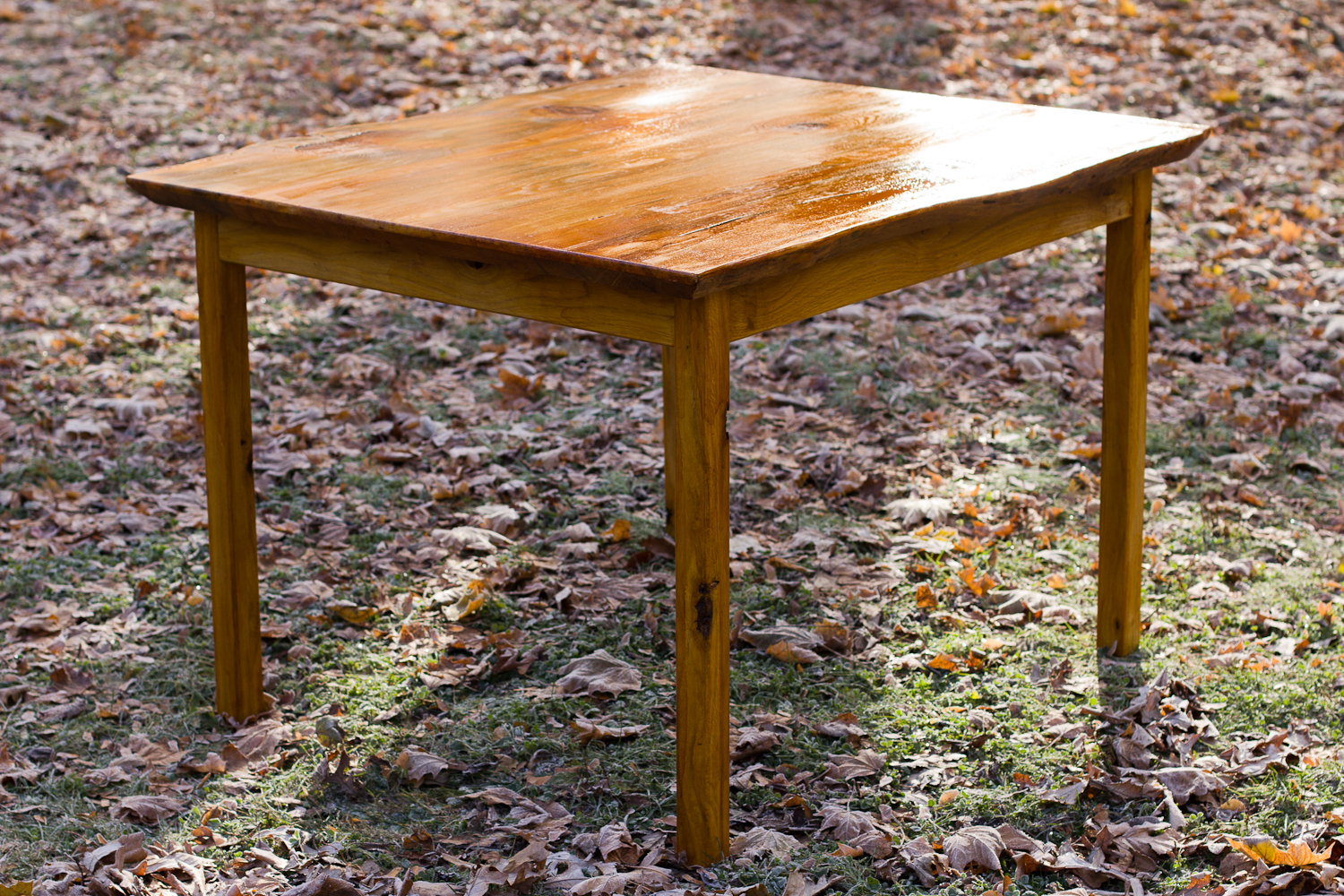
Live Edge Table
My friend, Kyle, needed a table for an upcoming performance art show related to playing and running tabletop games. He wanted a table that could act as a physical document of play. The table as a sort of participant in the games. After his shows he’ll be using it for running other games over the…
-
Williams Street Bikeway
Today was my first use of the new protected bike lanes on Williams Street. I picked it up at Thompson and took it all the way to Main Street and it was wonderful! I generally feel safe riding my bike in Ann Arbor and do so almost every weekday of the year (except for February,…
-
Success metrics
Arguably the single most important part of any project that everyone skips is defining what makes a project successful. The Traps to Avoid Doing so focuses the project and, more importantly, will help you ignore three big traps: Taking on other people’s definitions of success. Never finishing. Grabbing onto tantalizing data that don’t actually support…